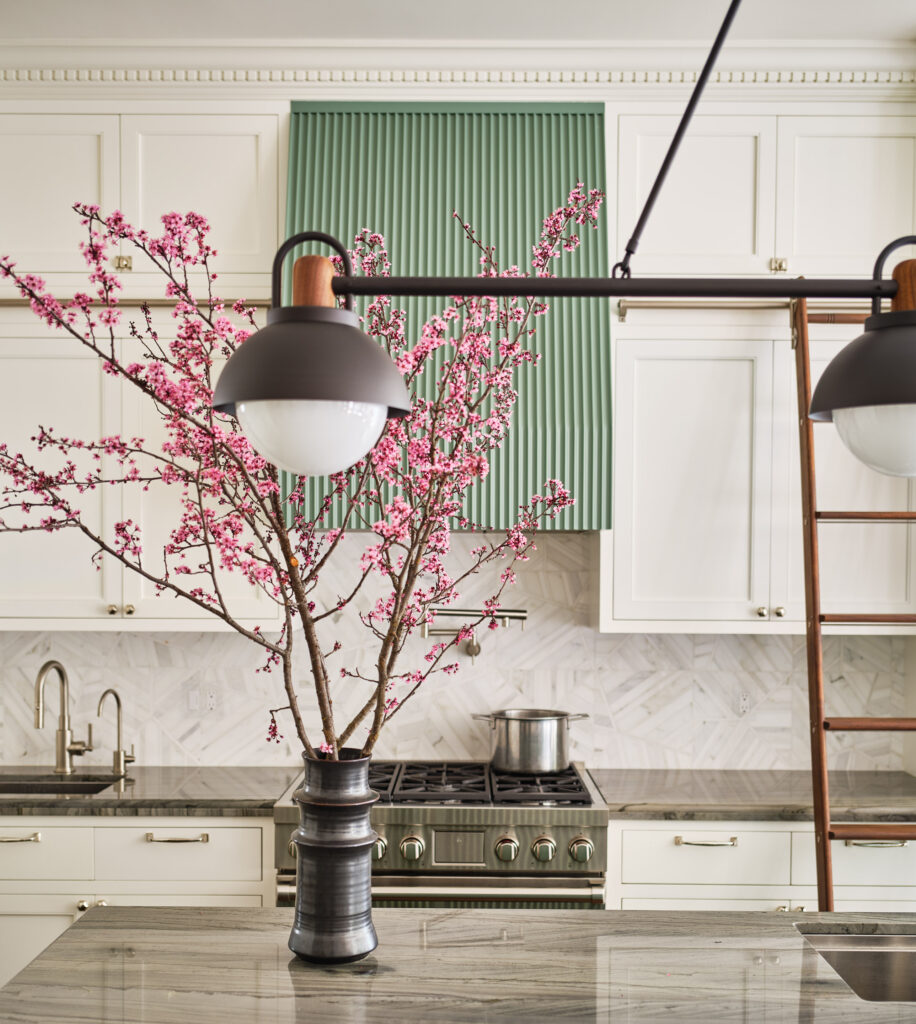“The devil lies in the details” might be another old adage for some, but when it comes to decorating your home? It’s a guiding principle for countless professionals swear by. After all, it’s those small touches—accessories and finishes that might get overlooked at first look—that can make a home feel equal parts complete and cared for. But what’s a homeowner to do if they don’t have the time, space, or budget to, say, add a hidden door or refinish your entire kitchen in just one species of wood? Well, believe it or not, your outlets might hold the key. Yes, that area where you charge your phone or laptop.
We know what you’re thinking and you’re right: Your wall outlets might be one of the most overlooked spaces in your home. As long as your sockets are working, you probably plug your devices in without much thought. But lately? Interior designers are focusing on their projects’ outlets and designing them to blend in with the rest of the space.
Discreet, design-minded have never been not on-trend—those finishing touches are timeless—but they’ve become more in-demand as color- and pattern-drenching continue to reign supreme. After all, if you’re going to go through the hassle of painting all four walls and ceiling the same shade, a white coverplate will stick out like a sore thumb.
R. Brad Knipstein
According to Alicia Cheung, an interior designer based in San Francisco, this seemingly simple tweak gives any room of the house a high-end edge. In a recent project, Cheung designed the kitchen’s coverplates to blend in with the rest of the backsplash. “We were going for a luxe and ‘pretty’ feel,” she explains. “The extra step of matching the coverplates felt like the natural thing to do to keep the level of elevation consistent with the rest of our design.”
To the naked eye, the wall socket looks like it’s also made out of a fancy stone, but in reality? Cheung brings a painterly touch to places with stone and outlets. “If the client agrees, we like to have a decorative painter come in and paint all the outlets to exactly match the stone,” she explains. “It’s a cool effect, seamless, and human.”
While Cheung admittedly hasn’t tried this trick with glossy, porcelain surfaces—“I’m curious how that would do”—she loves to create that barely-there effect when working with stone and tile. Ditto for wallpaper. As more designers are incorporating murals into their projects, it’s possible to make a simple coverplate part of the fresco.

R. Brad Knipstein
The secret, Cheung says, is to hire a professional. “Reach out to a decorative artist, or even a fine artist that you follow on social media,” she recommends. “You might be surprised, they may be tickled to do something like this!” From there, it’s all about focusing on execution.
“Give the artist a sample of what they will be matching, and if pertinent, you can also ask the artist to come out for a site visit so they understand the whole prompt,” Cheung adds. “This is especially important if there is tricky lighting, or multiple rooms with multiple finishes to match.”
Whether you’re working with simple walls, living in a rental unit, or hoping to zhuzh up your home on the cheap, you may not want to enlist a decorative artist to take on this small detail. For a simpler, more affordable option, consider swapping out your basic switch and plate for a chicer, store-bought alternative. (Even a simple, brass cover plate can elevate your room.) While you should always hire a professional to handle any electricals—that means replacing the physical switch—a coverplate can be changed with a screwdriver.
The result? A bright idea that’s equal parts easy and elegant.

